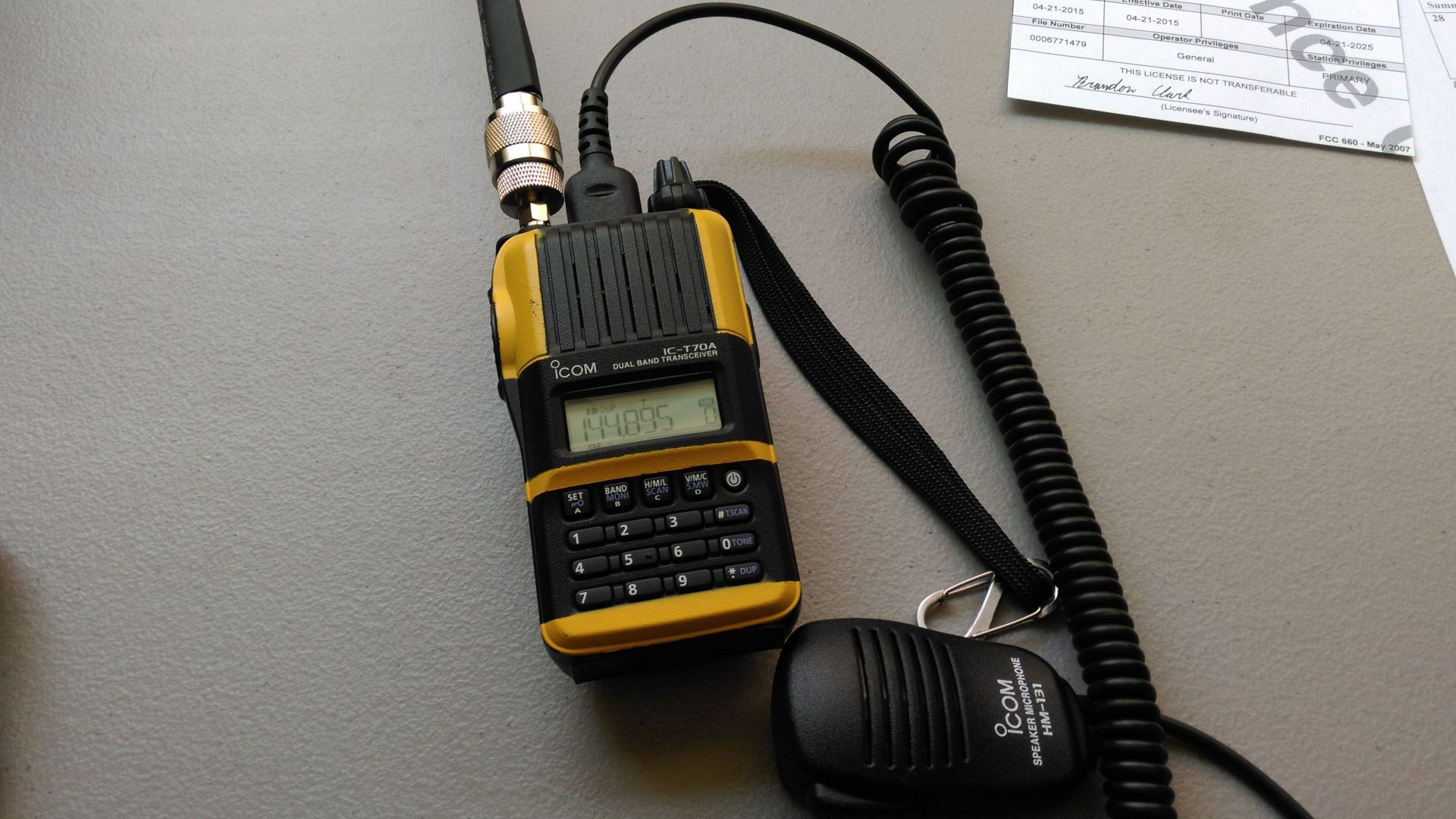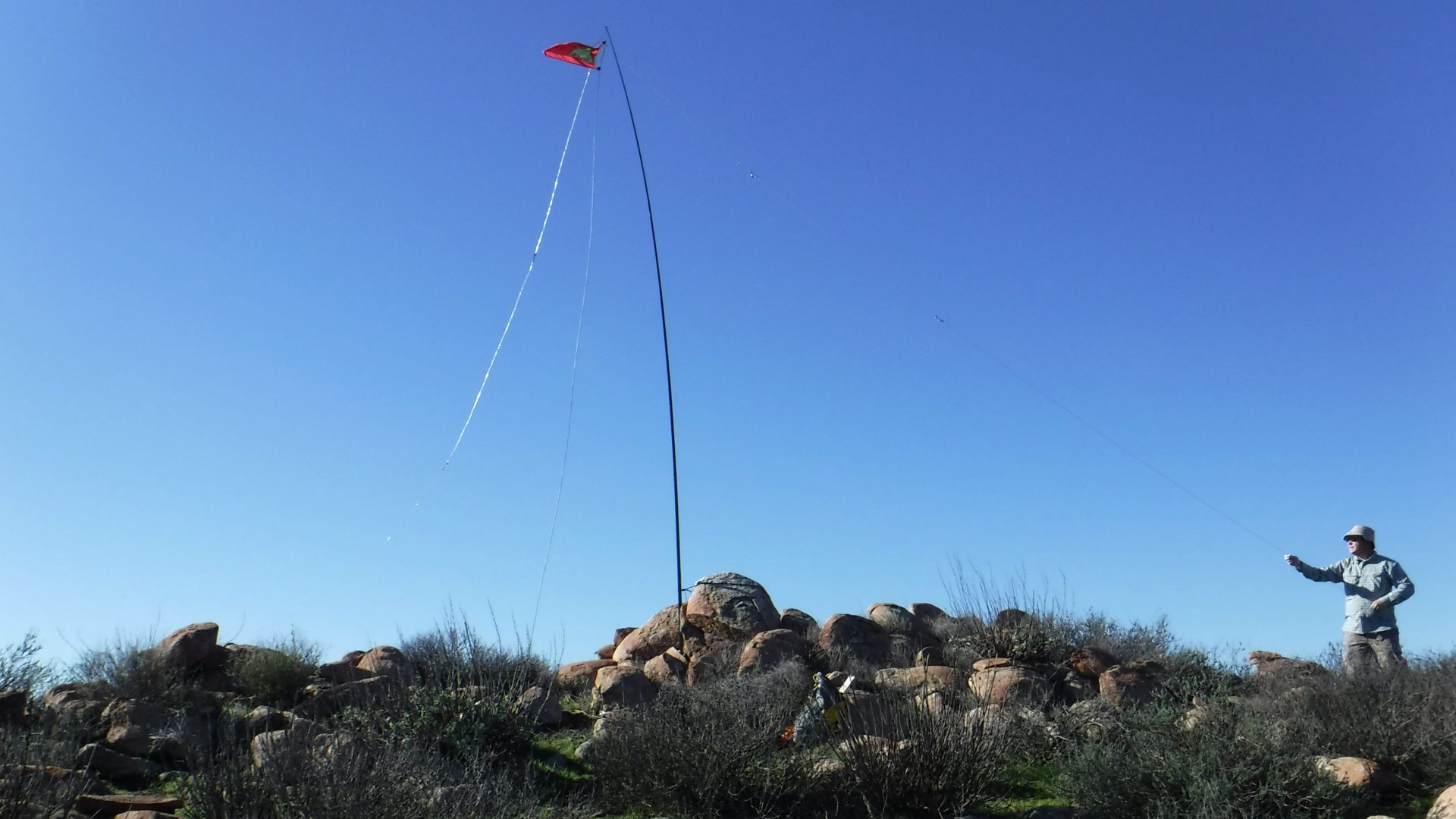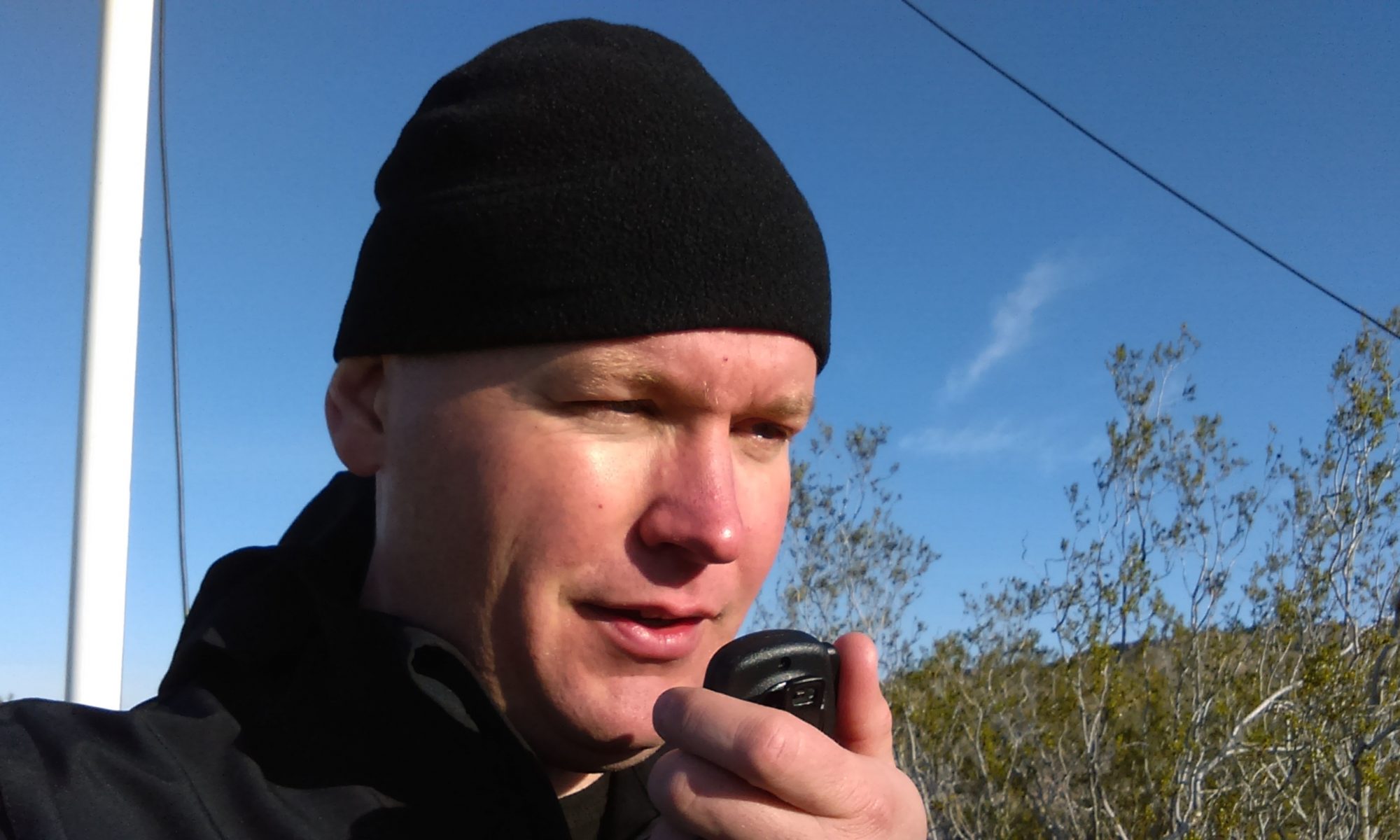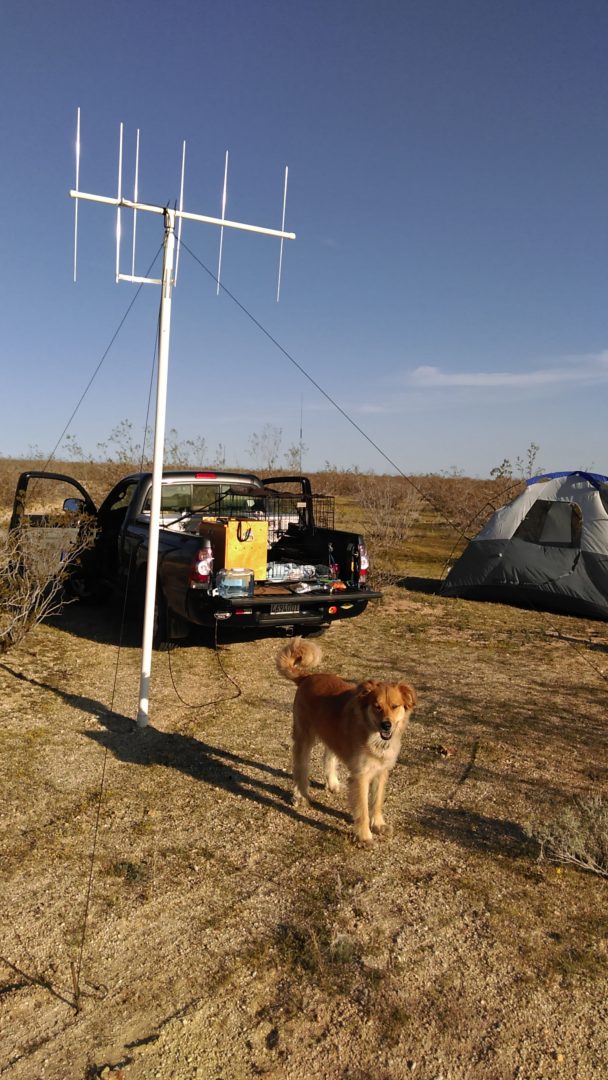updated 2021-01-24
I have a bit of amateur (ham) radio content on the site (okay, maybe more than a bit). However, if your guess is that I would recommend amateur radio for emergency backcountry use then you are in for a disappointment.
Amateur radio offers capabilities not found in any other service. To simplify the discussion, the gear can be broken down into two broad categories: transceivers for use on the high frequency (HF) bands, and those for the very high frequency (VHF) bands.

VHF radios are compact, simpler than HF radios, and use very compact antennas. The frequencies they use are very close to those used by FRS and GMRS radios, so it is not surprising that the performance is similar. Indeed, many VHF amateur radios can even receive FRS and GMRS frequencies (but not transmit).
The main usage of handheld VHF radios is for working through repeaters. Repeater stations, or repeaters for short, are fixed stations set up on high locations. They listen on one frequency and simultaneously transmit what they receive on a different frequency.
This allows smaller stations at lower elevations to get a signal out. Operators using handheld radios simply mirror the repeater: transmit on the frequency the repeater listens to, and listen to the frequency the repeater transmits on.
If you are going into the backcountry in an area within reach of repeater stations then a small VHF radio can offer a big jump in performance over FRS/GMRS radios.
If the other members of your party are also licensed amateurs then you can get a double benefit: local communications within your group as you travel. However, therein lies the problem. Since everyone has to be licensed you will often run into a problem of not having others in your party who can use these radios.

The other backcountry-capable category of amateur radios is those for use on the HF bands. The advantage of HF is that signals can often refract back off of the ionosphere, returning to ground.
This is using the ionosphere much like a repeater, allowing a low-elevation station to get a signal out over large distances and around obstructions. The problem is that this refraction phenomenon varies with the time of day, season, and the specific frequency in use. Sometimes it works well, but often it does not.
Additionally, when operating on HF you can no longer get away with the small antennas used by handheld VHF gear. Antennas are bog . . . as in very big. You need space to set them up, something tall for support, a length of coax to reach the radio, and a clear space to set everything up.

Amateur radio equipment can give you the reach to send signals across continents, using minimal power, and in marginal conditions. Other equipment can allow you to access local repeater stations positioned on high peaks, rebroadcasting your signal throughout the area. But ultimatelythere are two fundamental problems with amateur radio that make it less than useful for emergency use:
- Amateur radio has the steepest learning curve of any hobby I have ever come across. The gear is complex, backcountry antennas are usually do-it-yourself affairs, and keeping everything working in a real emergency is taxing, at best. (At worst you may not have the mental bandwidth or physical strength to get the system working at all.)
- Someone is always listening on the amateur radio bands, but whether you can reach them is another matter. The ionosphere is a harsh mistress, and you will have no control over where your signals return to earth, if they do at all. The amateur radio bands are also very broad, so you can expect to spend some time scanning around before you reach someone.
This is not to say that amateur radio equipment is not worth taking into the wilderness – I bring radio gear all the time. It is great fun to travel to wild places, stay for a few days, and make contacts on the air during the down times. But ultimately ham radio should be viewed as a hobby rather than a serious way of reaching out for help.


